Note: This website was automatically translated, so some terms or nuances may not be completely accurate.
The "Step Ahead of the Times" Communicated by the Seiko Museum
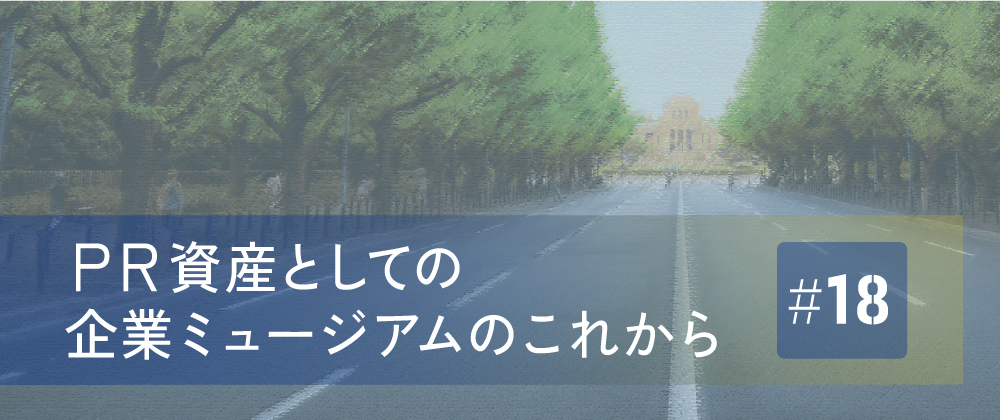
Corporate museums not only showcase a company's journey and products but also serve to introduce the appeal of the industry itself. The Seiko Museum Ginza particularly emphasizes the latter. It offers a glimpse into the evolution of time visualization—how humanity, after discovering the concept of time, progressed to make it visible, and how the timepiece as a visualizing device itself evolved. In this article, we explore the significance of the Seiko Museum, which not only showcases Seiko's history and products—essentially the history of Japan's watch industry—but also exhibits the intangible concept of "time."
Interview and Text: Reina Okuuchi (PR Consulting Dentsu Inc.)
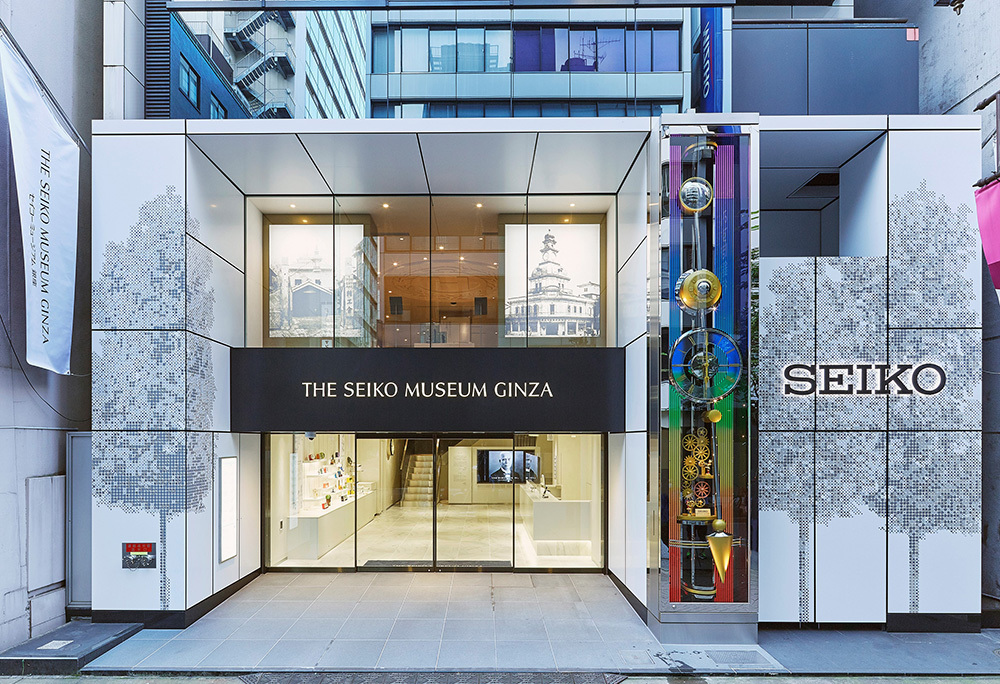
Overview of Seiko Museum
The Seiko Museum Ginza was established in 1981 as part of Seiko's 100th anniversary commemorative projects. Originally named the "Seiko Watch Museum," it was located within the Seikosha building in Taihei-cho, Sumida Ward. Initially, the focus was on collecting, preserving, and researching materials, and access was limited to company employees and business partners. In 2012, it was renamed "Seiko Museum" to broadly communicate the Seiko brand and opened to the public. Furthermore, in August 2020, marking the 160th anniversary of founder Kintaro Hattori (1860–1934), it relocated to Ginza, the birthplace of the company.
The museum now offers enhanced exhibition, learning, and educational functions, pursuing well-balanced museum activities. It operates under the Seiko Group's Corporate Branding Department, staffed by 14 people across the museum operations and archives divisions. Despite its prime Ginza location, admission is free. This policy strongly reflects the museum's intent to broaden its reach, increase public awareness, encourage reflection on time, and foster an appreciation for the allure of watches.
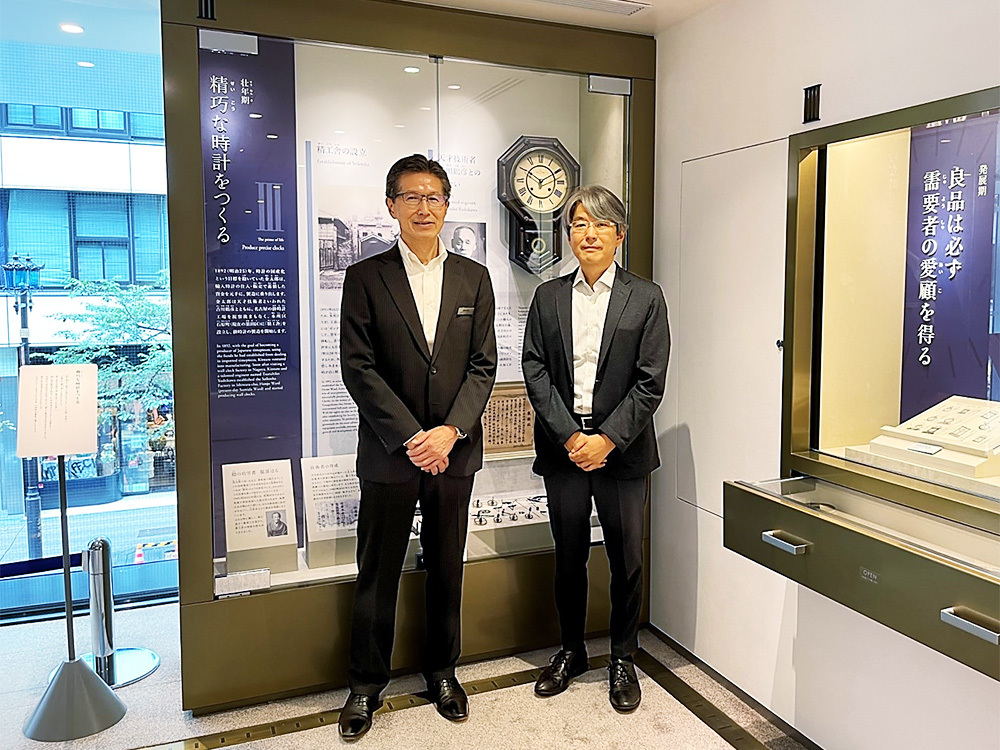
Two Changes Brought by the Ginza Relocation
Ginza and Seiko share a deep connection. Ginza is the birthplace of founder Kintaro Hattori and the founding location of Hattori Clock Shop, the predecessor to Seiko. Even today, flagship stores like Seiko House Ginza (Wako Main Store) and Seiko Dream Square line the museum's vicinity. It's no exaggeration to call Ginza the Seiko Group's information hub, spanning from the past to the present.
According to Director Aizawa, the move to Ginza brought several desirable changes. First, a shift in visitor demographics. At the previous location, visitors were mostly limited to business partners and a select group of watch enthusiasts. However, the move to Ginza—a location with excellent transportation access and a landmark destination for both domestic and international tourists—significantly increased attendance from groups that had been targeted but were previously less likely to visit, such as women and families.
Second, synergies have emerged between related facilities like Seiko House Ginza and the flagship store. Customers visiting Seiko House Ginza who develop an interest in vintage watches are introduced to the museum by staff. Conversely, visitors who learn about Seiko's history at the museum and wish to purchase the latest products are guided to the flagship store. This has created a flow of visitors between the facilities. Deputy Director Miyadera commented on the benefits of the Ginza relocation: "Having a consolidated information hub in the Ginza area is a strength. While raising awareness of the museum is challenging, a positive cycle is emerging in various ways."
Distinctive Concepts on Each Floor
While museums are often imagined as low-rise buildings on spacious grounds, this museum utilizes space from the basement level to the fifth floor. Rather than viewing the need to move between floors as a drawback, each level features a distinct design concept. Visitors can thus enjoy the different impressions upon exiting the elevator. The themes are: B1: "Time at the Limit" 1F: "Time at the Beginning" 2F: "Always One Step Ahead of the Times" 3F: "From Time Told by Nature to Time Made by Humans" 4F: "Precision Time" 5F: "Various Times" Within the 654-square-meter (7,070 sq ft) space, approximately 500 timepieces are permanently displayed.
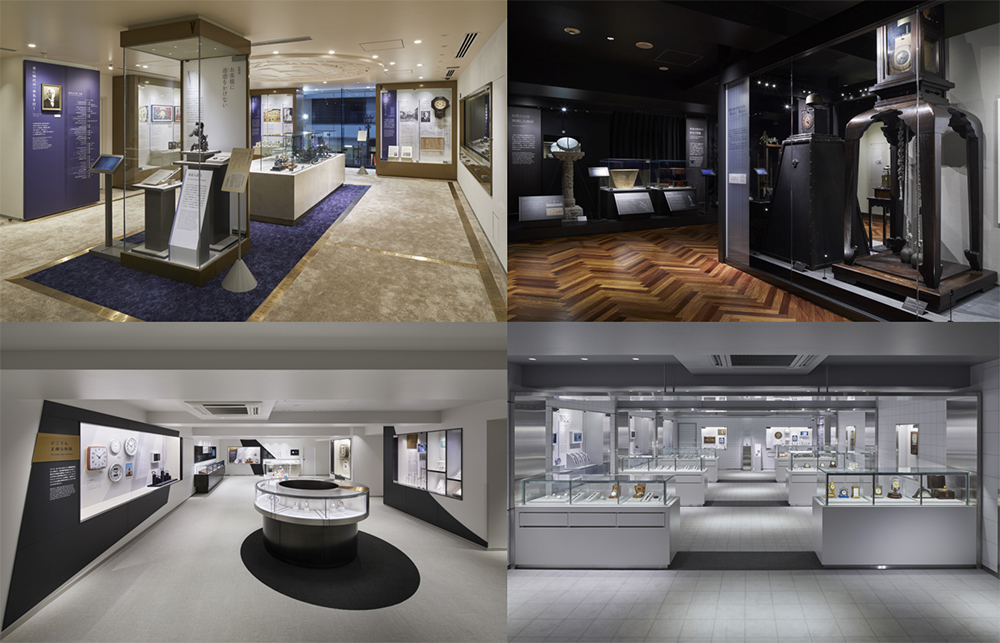
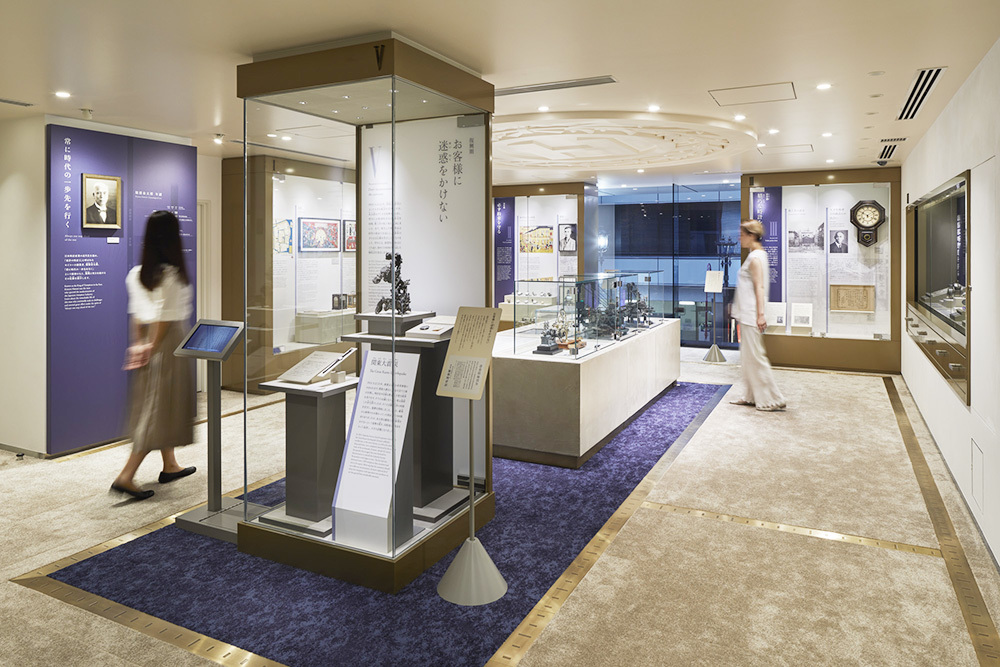
One purpose of this museum is to pass on the spirit and legacy of its founder. The floor symbolizing this purpose is the 2nd floor, titled "Always One Step Ahead of the Times." It focuses on exhibiting Hattori Kintaro's character, personality, and related anecdotes. The layout also incorporates internal branding considerations. When new employee training for group companies is held here, the tour always begins on the second floor in the Kintaro Room. The reason is to ensure participants firmly imprint the founder's enduring spirit—"Always a Step Ahead of the Times"—in their memories. What kind of person was the founder, Hattori Kintaro?
Kintaro Hattori: Pursuing "Always One Step Ahead of the Times"

Born in 1860 (Man'en 1), during the late Edo period, in what is now Ginza 5-chome, Kintaro founded Hattori Clock Shop in 1881 (Meiji 14) at the age of 21. At the time, the shop handled wholesale and retail of clocks imported from the West. By adopting the then-rare Japanese business practice of paying fixed monthly installments, he gained trust and successfully sourced many quality products, leading to the business's success. However, his true ambition was to manufacture watches himself. In 1892, he founded "Seikosha" with just over a dozen employees. Starting by assembling watches through trial and error, he succeeded in producing wall clocks known as "bonbon clocks." Later, through encounters with exceptional watchmakers, he achieved mass production of highly accurate products, expanding the business.
He introduced Japan's first alarm clock and the "Laurel" wristwatch, greatly contributing to the spread of timepieces. Undoubtedly, the success of the business was achieved not only through high technical skill but also through the founder Kintaro's foresight and sincere character. This was strongly felt through the many episodes displayed.
The "Quartz" Revolution that Shocked the World
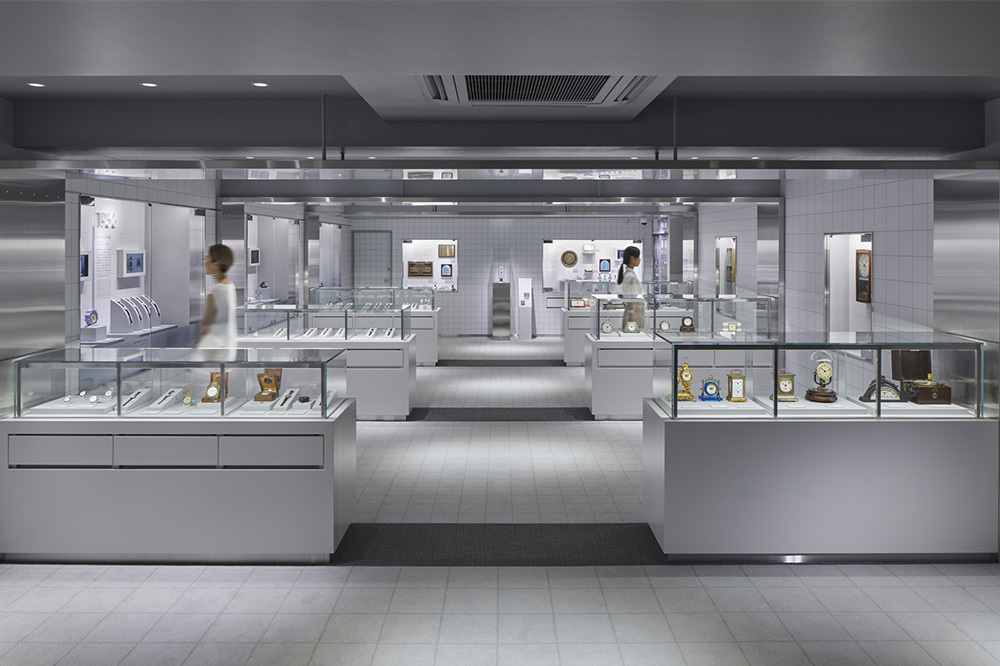
"Seiko's history is a battle for precision," says Director Aizawa. The 4th floor, titled "Precision Time," explains the history from the company's founding in 1881 to the development of the world's first quartz wristwatch in 1969. Following the period of high economic growth, as people's lives became more affluent, demand for watches accelerated. There was a growing need for watches with ever-higher precision. Seiko's commitment to pursuing the highest precision became evident through research into new component manufacturing and design. Then, in 1960, driven by the ambition to create a "world-class, pinnacle wristwatch," Grand Seiko was born, incorporating the utmost precision in components, assembly techniques, and adjustment skills. It was hailed as the world's finest mechanical watch.
Then, in 1969, the world's first quartz wristwatch, the "Seiko Quartz Astron 35SQ," was launched. Quartz itself is the name of a mineral called quartz. Among quartz crystals, those that crystallize into transparent, clear forms are called crystal. Applying a specific voltage to this crystal generates vibrations far more precise than any conventional mechanical movement, dramatically enhancing the accuracy of the timepiece. The advent of quartz technology sent shockwaves through the global watch industry. As a result, Seiko achieved world-class standards in both mechanical and quartz watchmaking.
Furthermore, by generously sharing its patented quartz technology, Seiko contributed to its global adoption. Today, this technology is widely utilized in smartphones, computers, and numerous other applications. In recognition of these achievements, Seiko received the prestigious IEEE (Institute of Electrical and Electronics Engineers) "Innovation Award" (2002) and "Milestone Award" (2004), and was also designated a Mechanical Heritage by the Japan Society of Mechanical Engineers (2014). Regarding the museum's purpose, Director Aizawa stated, "We also want to convey the fact that it contributed so widely to industry through this place."
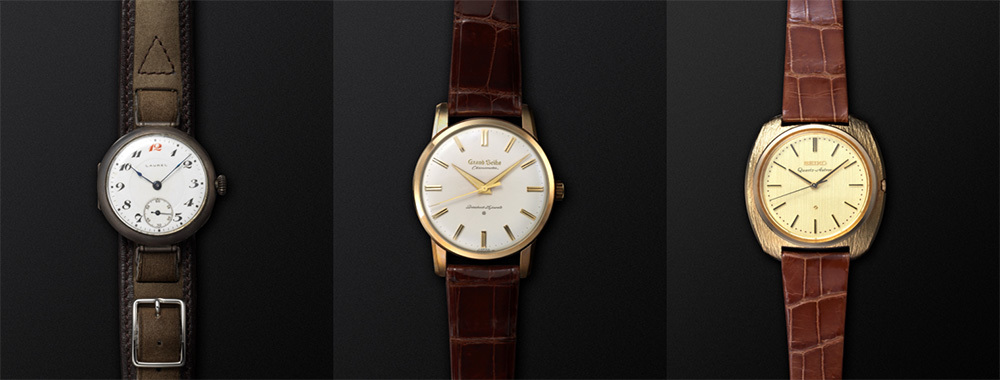
Tracing the Evolution of Time and Timepieces
Finally, we introduce the third-floor exhibition titled "From Time Conveyed by Nature to Time Created by Humans." This floor, where visitors learn about the origins of time and timekeeping, is highly regarded not only by watch enthusiasts but also by history buffs. It begins with the "sun dial," considered the world's oldest clock, made by the Egyptians around 5000 BC. It then covers the era when time was visualized using natural phenomena, such as the "water clock" and the "burning clock." This floor exhibits not just timepieces, but the invisible concept of "time" itself. From there, visitors can trace the evolution of clocks worldwide through actual artifacts, seeing how human ingenuity increased precision and development—from the "iron-framed tower clock" to the "pendulum tower clock" in the early 16th century.
The third floor also displays Japanese clocks, which developed independently in Japan before the introduction of Western culture, boasting one of the finest collections in the country.
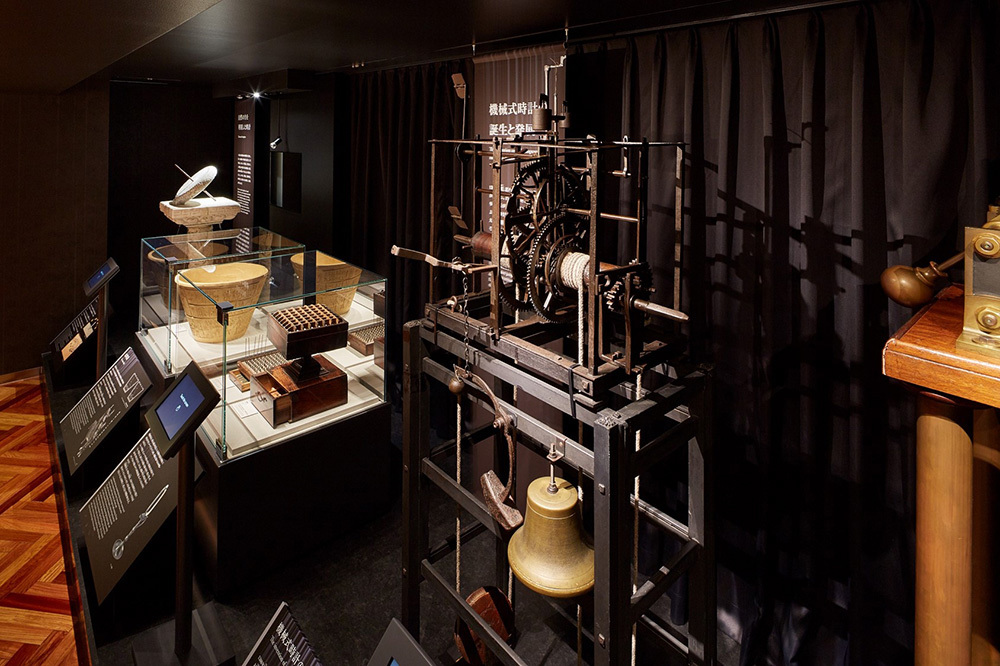
Activities to Convey the Appeal of Clocks to Children
As mentioned earlier, this museum places significant emphasis on learning and education. "Watches are increasingly seen as luxury items. A particular challenge is the growing number of children who show little interest in them," says Director Aizawa. Indeed, the trend of young people moving away from wristwatches is evident. With the rise of smartphones, many young people now go without wallets or watches. To spark even a little interest in timepieces, the museum regularly holds multiple workshops for children.
Particularly popular is the "Let's Make a Watch Together" program. Participants learn about watch history and mechanisms while assembling their own original timepiece with a parent. Reservations often fill within hours of opening. Participant surveys reveal many comments like "My child became interested in watches" from children and "It was a learning opportunity and a precious experience to share with my child" from parents. These survey responses greatly encourage the museum's operational team.
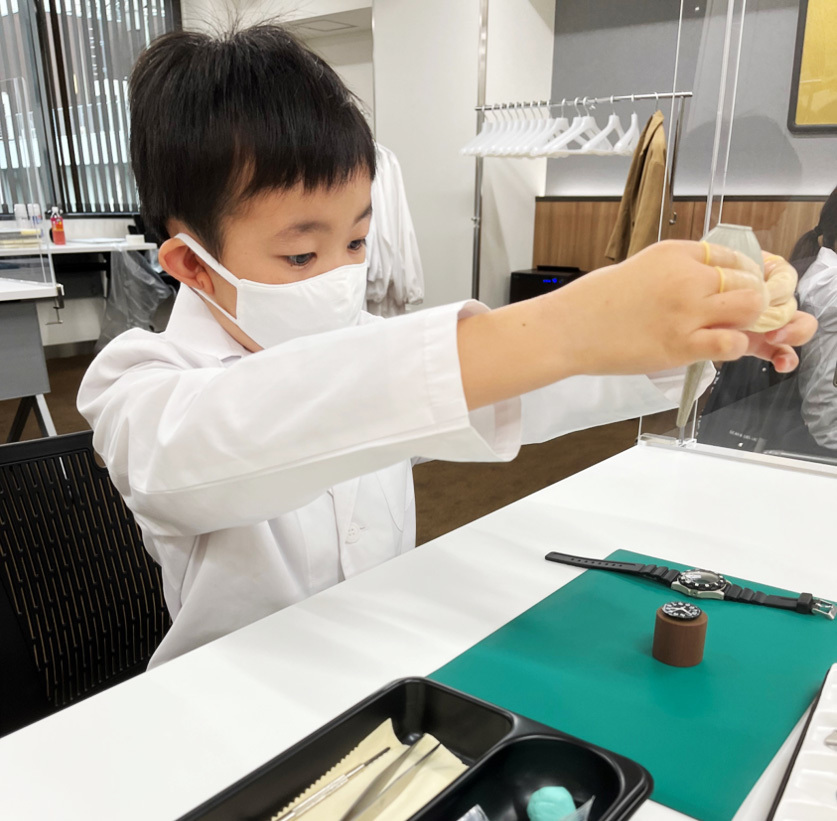
Aiming to Enhance the Seiko Brand Value
We asked the museum director and deputy director about future initiatives. Deputy Director Miyadera stated, "We will continue activities that enhance the Seiko brand value, including workshops designed to spark interest in watches among those who previously had little interest." Director Aizawa shared the following aspirations: "Taking visitor feedback into account, we plan to expand the Grand Seiko exhibition and, depending on the pandemic situation, offer guided tours of the museum. Furthermore, from an internal branding perspective, we aim to instill the founder's spirit in all group employees." Through these diverse initiatives, the museum will likely continue providing a space to contemplate not only the technological evolution pursued by Seiko but also the diversifying "value of time."
From Ginza to the World: Leading the Way into the Future
Seiko has long contributed significantly to the development of Japan's watch industry. It is no exaggeration to say that Seiko's history is the history of Japan's watch industry. The source of its great achievements—reaching world-class standards in both mechanical and quartz watches—lies in a corporate culture where the founder's spirit of "always staying one step ahead of the times" has been passed down through generations. As a "museum of time and watches," the Seiko Museum will undoubtedly continue to evolve its presence, serving as a platform to broadcast this corporate culture from Ginza to the world.
[Editor's Note] (From the Web Dentsu Inc. Editorial Department)
They say "time is money," but I believe time is romance. Athletes stake their lives on fractions of a second. Meanwhile, there are cultures refined over centuries, even millennia. Both are guided by the tick-tock of a watch's hands.
Visualization has become a theme across all fields. It's about saying, "Show us the value you speak of in a tangible form." Perhaps a watch is something that reveals the value of time, something invisible.
Time travel is a staple in movies and dramas. Just hearing the words "time machine" makes your heart race. The thought of "What if I had done this back then?" or "What will my life become?" makes your heart pound uncontrollably.
Not a single minute or second of life is wasted. It made me think about that all over again.
Was this article helpful?
Newsletter registration is here
We select and publish important news every day
For inquiries about this article
Back Numbers
Author

Reina Okuuchi
PR Consulting Dentsu Inc.
Senior Consultant
At the Planning & Consulting Bureau, I was involved in planning for domestic manufacturers and education-related clients. Since 2017, as the PR Manager at PR Consulting Dentsu Inc., I have promoted initiatives to invigorate internal communications, including external PR, launching an internal web newsletter, and planning and operating anniversary virtual events. My hobby is watching quiz shows. Certified PR Planner by the Japan Public Relations Association.




